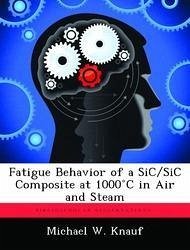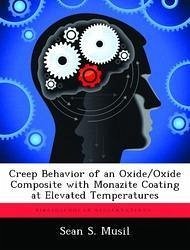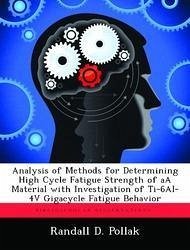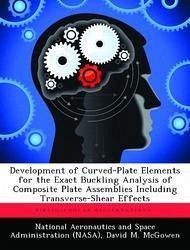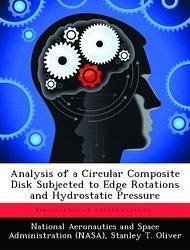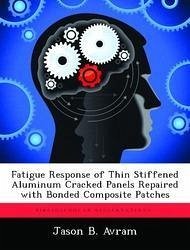
Fatigue Response of Thin Stiffened Aluminum Cracked Panels Repaired with Bonded Composite Patches
Versandkostenfrei!
Versandfertig in über 4 Wochen
52,99 €
inkl. MwSt.

PAYBACK Punkte
26 °P sammeln!
This research investigated the fatigue response of precracked and patched 2024- T3 Aluminum panels with stiffeners. The patches were single-sided, partially bonded, unidirectional three ply boron/epoxy. Stiffeners were 2024-T3 aluminum and were riveted as well as bonded on. Stiffeners were oriented in the direction of loading and were separated by a certain distance, with the crack centered between two stiffeners. Two stiffener separation distances, or spacings, were used--one to simulate transport aircraft fuselage stiffeners and one to simulate transport aircraft wing stiffeners. Disbonds we...
This research investigated the fatigue response of precracked and patched 2024- T3 Aluminum panels with stiffeners. The patches were single-sided, partially bonded, unidirectional three ply boron/epoxy. Stiffeners were 2024-T3 aluminum and were riveted as well as bonded on. Stiffeners were oriented in the direction of loading and were separated by a certain distance, with the crack centered between two stiffeners. Two stiffener separation distances, or spacings, were used--one to simulate transport aircraft fuselage stiffeners and one to simulate transport aircraft wing stiffeners. Disbonds were introduced into the adhesive bondline by inserting teflon strips. Three disbond configurations were investigated--a crack tip disbond (CTD) located at the edge of the patch in the path of crack propagation, a full-width disbond (FWD) covering the entire crack, and an end disbond (ED) located at each end of the patch and covering the full width. Each repaired panel was subjected to tension/tension cyclic fatigue with an R ratio of 0.05 and a maximum stress of 120 MPa.



